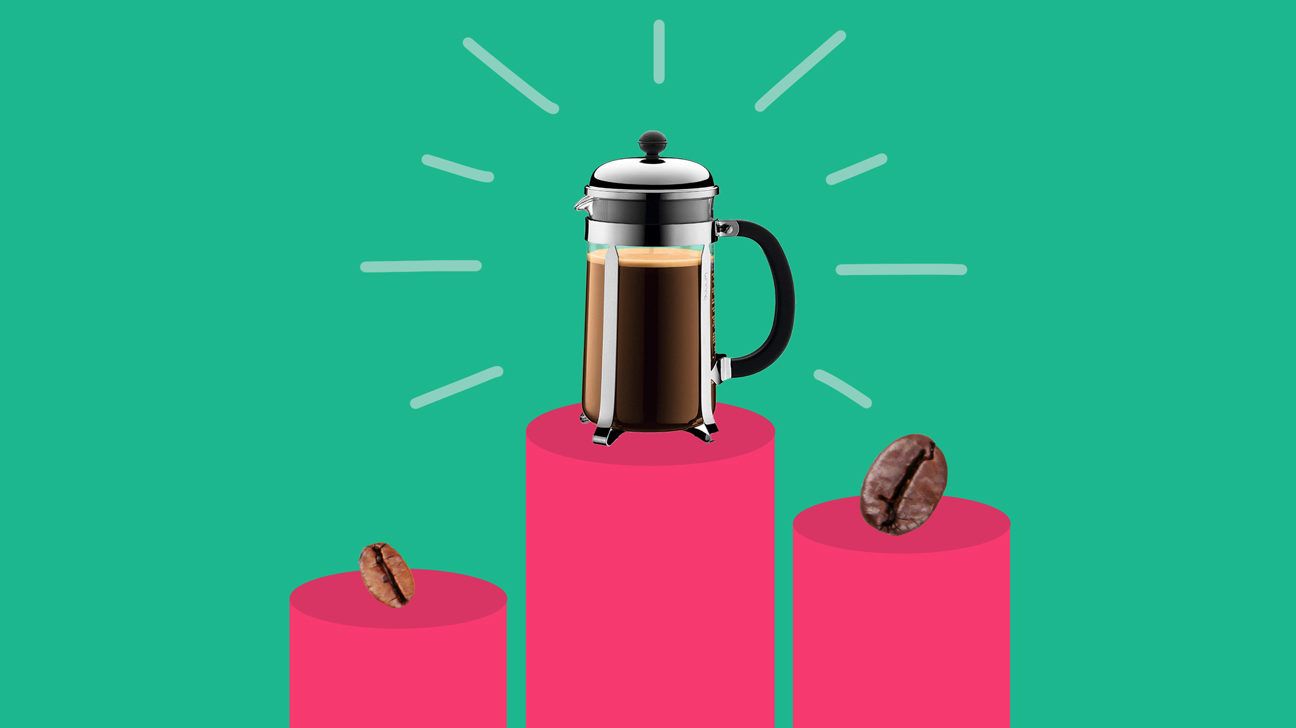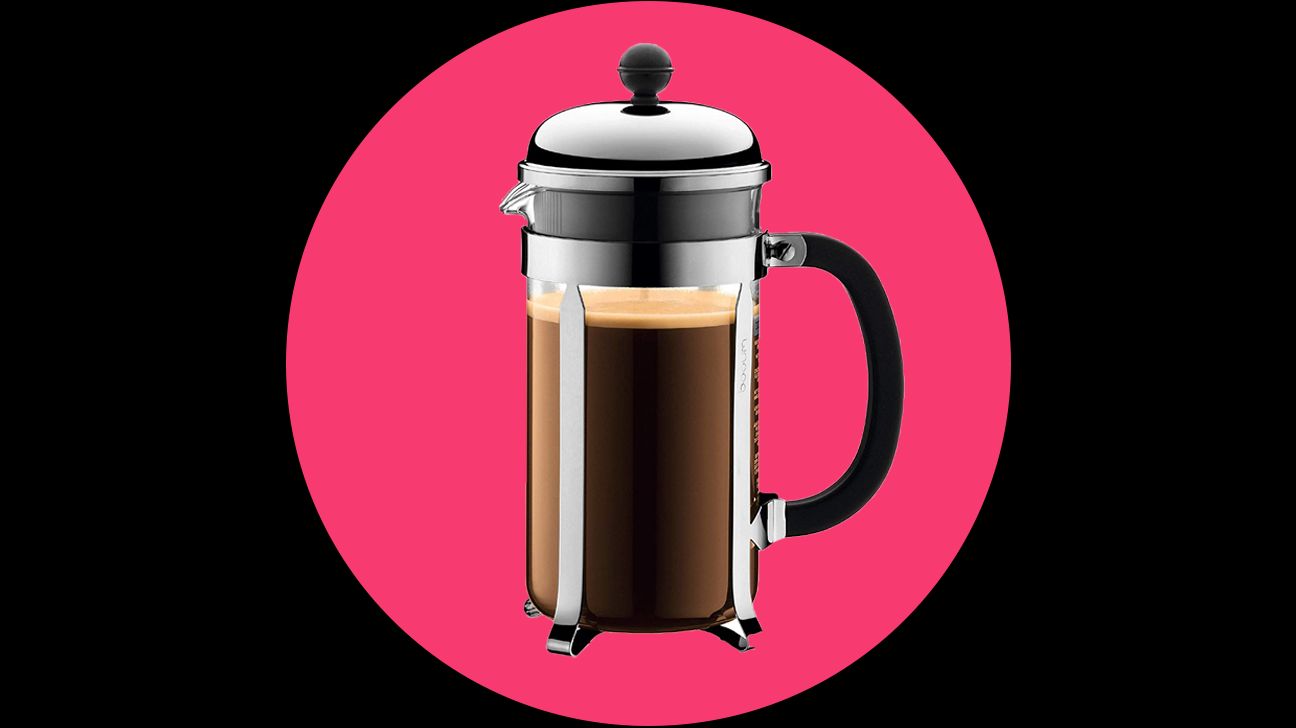
We include products we think are useful for our readers. If you buy through links on this page, we may earn a small commission. Here’s our process.
Greatist only shows you brands and products that we stand behind.
Our team thoroughly researches and evaluates the recommendations we make on our site. To establish that the product manufacturers addressed safety and efficacy standards, we:- Evaluate ingredients and composition: Do they have the potential to cause harm?
- Fact-check all health claims: Do they align with the current body of scientific evidence?
- Assess the brand: Does it operate with integrity and adhere to industry best practices?
Discovering the ideal cup of coffee is a task that requires time, practice, and patience. The effort is not unlike unlocking a combination, with clues dictated by cost, brewing time, and — most importantly — superiority of flavor.
So, where to start?
My coffee search was spurred by my deep disdain for both instant powder (a form of java so bad-tasting that I don’t consider it part of the coffee canon) and fancy capsule machines (which aren’t all created equal — the Nespresso machine is the only one that yields a cup that actually tastes like coffee), along with my love for pour-over methods, which was dulled by the time the process requires.
I also wanted to stay away from espressos — my go-to after-lunch treat — in the hopes of discovering a cup that didn’t require an electric machine.
Based on my criteria, I landed on two options: the aeropress and the French press. Both methods are fairly easy to master, don’t take up too much space, and cost about the same amount. In the end, I chose the French press via the oldest test in the book: my taste buds.
Since the aeropress uses a filter, it takes away some of the natural oils and flavors of the beans. The French press, on the other hand, delivers a bolder, more bitter and “authentic” cup — the stuff of coffee fiends (of which I am one), indeed.
Elegant-looking and (supposedly) easy to maneuver, the French press also comes in different sizes — another plus for me, given my propensity to indulge in two cups each morning before heading out the door.
Not much, I found out.
Given the purity of the concept — beans are brewed while being drowned in boiled water and simply set aside when ready — any self-defined French press boasting a cylinder and a plunger delivers a pretty solid cup.
If, like me, you’re going for aesthetics (I find the look of my kitchen utensils to be as important and indicative of my personality as the cleanliness of my apartment and the art I choose to hang on the walls), opt for Bodum’s well-designed, beautiful offerings.
My ode to the French press is a daily one, a ritual I cherish as much as I do the first sip of black magic. Each morning at 8:30 a.m., I whip out the contraption (a cylindrical beaker made of glass; a lid attached to a plunger that fits inside the beaker and also features a stainless-steel wired filter) and tackle the straightforward preparation method.
I boil hot water, grind my beans coarsely, pour said beans into the cylinder and the water on top of them, let it all brew for about 4 minutes, and push the plunger down, anticipating the results.
As I treasure my first sip of the day, I marvel at the juxtaposition of the simple process and the complex flavors of the actual drink. The French press I love so much delivers a proper, delicious cup of coffee that truly showcases the flavor of the beans I choose.
The best part? It only takes 10 minutes for me to enter coffee nirvana.
Bodum Chambord French Press
Get it via Amazon ($33)
Anna Ben Yehuda Rahmanan is a writer and editor living in New York. Her work has appeared on Forbes, Fortune, Playboy, Us Weekly, and more. Read some of it at her website and follow her celebrity- and NYC-related musings on Twitter.

